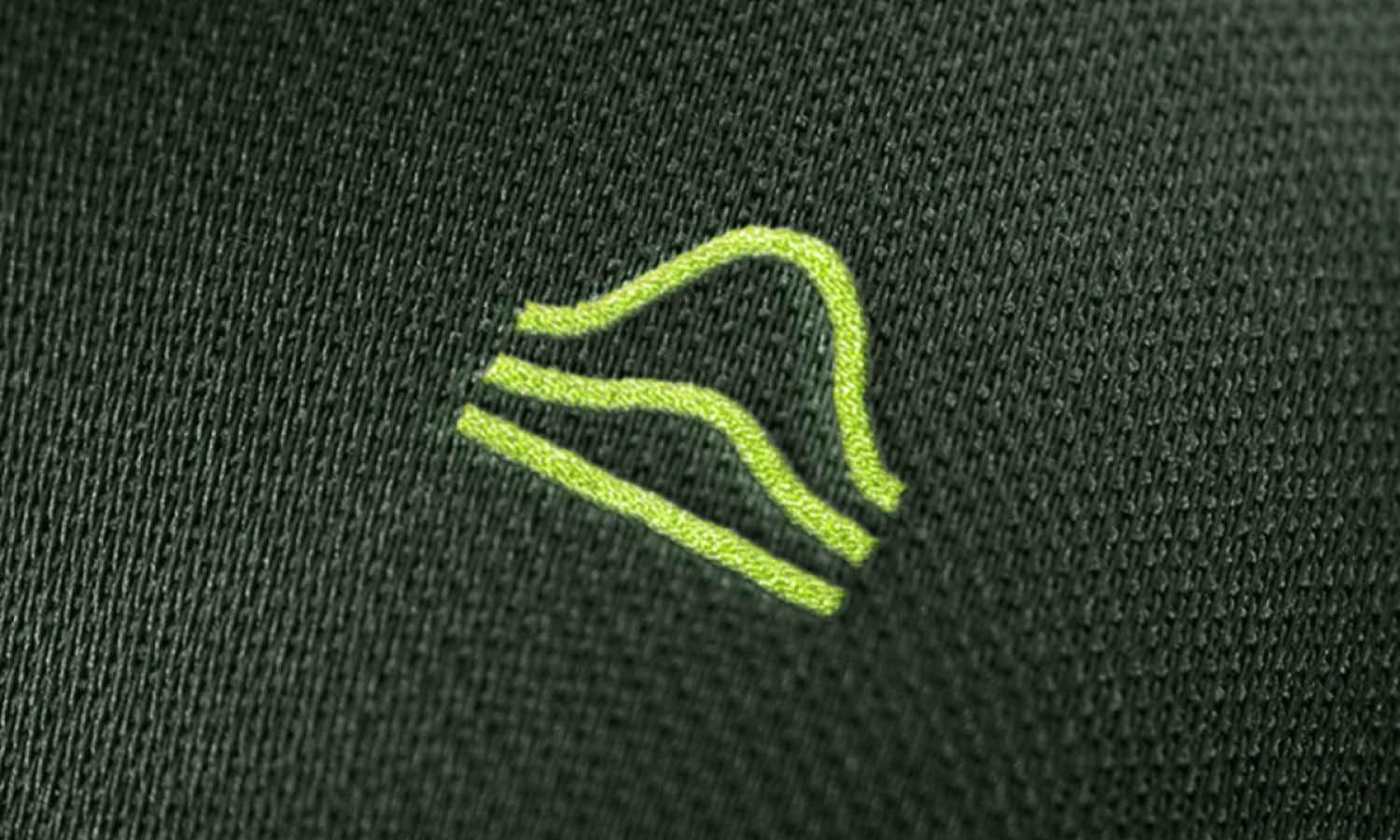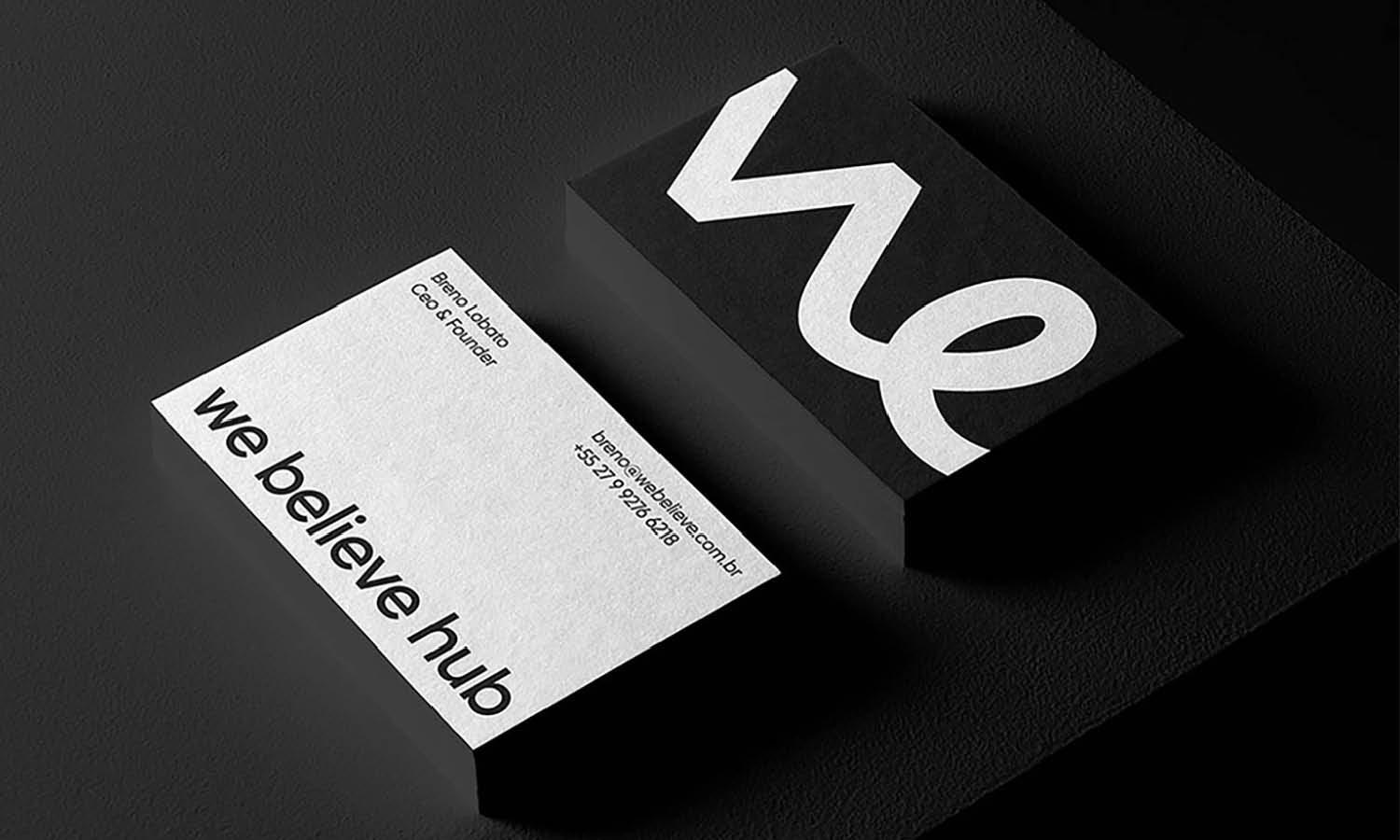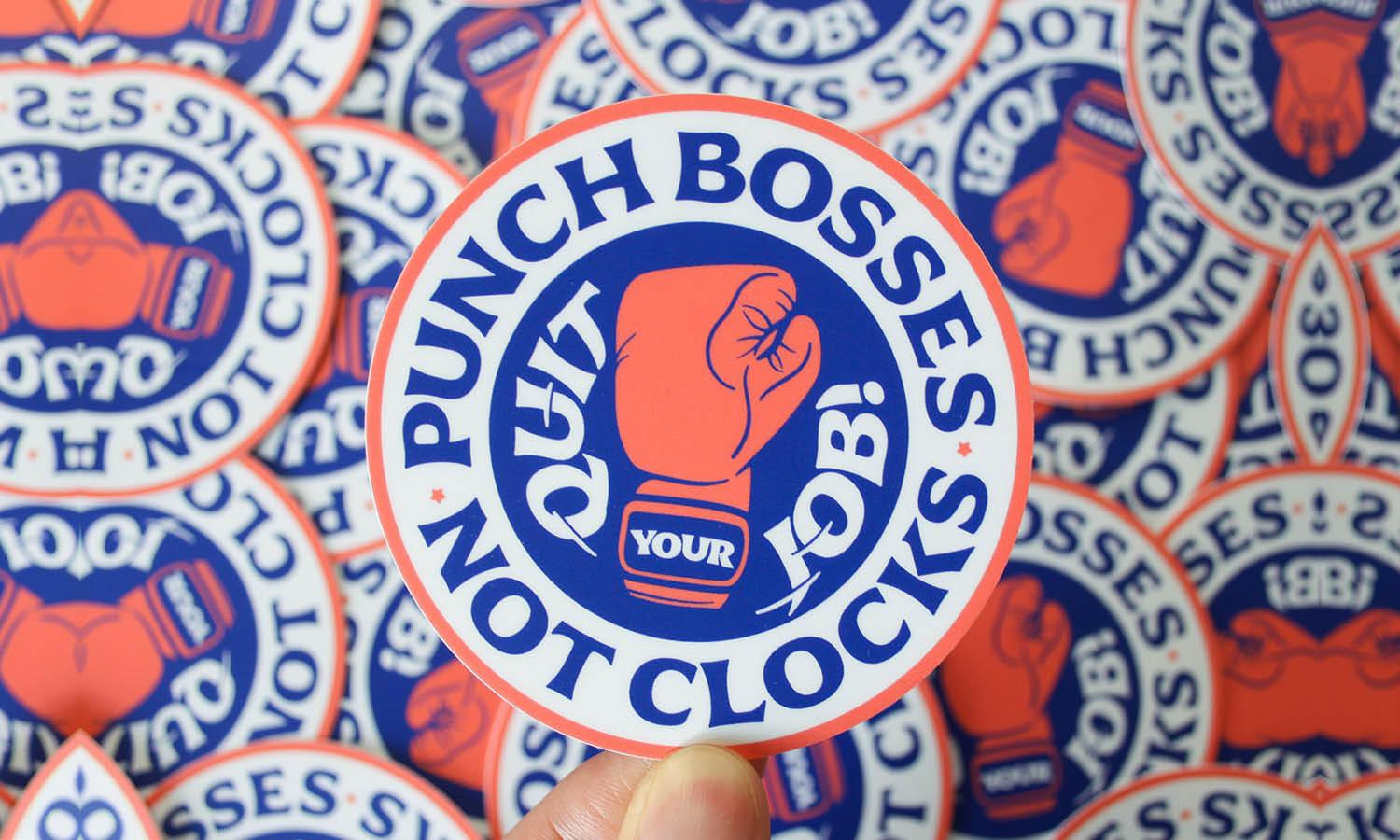How to Print Logo Designs on Glass

Source: Geo Alban, Sunnybeans Coffee Brand Identity, Behance, https://www.behance.net/gallery/112091523/Sunnybeans-Coffee-Brand-Identity
Printing logo designs on glass is an artful technique that offers a unique aesthetic appeal for branding and decorative purposes. This process involves careful preparation and specific methods to ensure that the logos adhere well and display vividly on glass surfaces. Whether it's for storefronts, corporate gifts, or product branding, glass printing allows for a level of sophistication and clarity that other materials cannot match.
The key to successful glass printing lies in understanding the various factors that affect the outcome, such as the type of glass, the inks used, and the printing technology employed. Additionally, preparing the glass surface properly and choosing the right finishing treatments can significantly impact the durability and quality of the printed logo. In this guide, we will explore the essential steps and techniques to achieve optimal results when printing logo designs on glass, ensuring that each piece reflects the intended brand image with precision and elegance.
Prepare the Glass Surface
Preparing the glass surface is a critical first step in the process of printing logo designs on glass. The quality of the final print is heavily dependent on how well the glass is prepared prior to applying ink. Start by thoroughly cleaning the glass to remove any dust, grease, or other contaminants. A mixture of isopropyl alcohol and water can be used for this purpose to ensure a streak-free finish.
After cleaning, it's important to inspect the glass for any scratches or defects, as these can impact the adherence of the ink and the clarity of the print. If the glass is not perfectly smooth, consider using a fine abrasive to buff out minor imperfections. Once the surface is clean and smooth, a primer might be applied, especially for prints that require high durability. The primer enhances the bonding between the glass and the ink, which is crucial for preventing peeling or fading over time.
Allow the primer to dry completely according to the manufacturer's instructions before proceeding to the printing stage. This preparation ensures that the glass surface is optimally ready for receiving the ink, leading to superior printing results that are both visually striking and long-lasting.
Use High-Resolution Designs
When printing logo designs on glass, using high-resolution designs is crucial to achieving clear and detailed outcomes. Glass surfaces require sharp, high-quality images to ensure that every aspect of the logo is vivid and precise. This is especially important since any flaws or pixelation will be more visible on the transparent, reflective surface of the glass.
To start, ensure your logo design is created in vector format, which allows scaling up or down without any loss of quality. Vector files are ideal for printing because they maintain the clarity of the design at any size. If you are using raster images, ensure they are at least 300 DPI (dots per inch) at the actual size they will be printed.
Moreover, consider the complexity of the design. Glass printing can achieve excellent detail, but fine lines and small text might not display as sharply if the original design isn't of high enough quality. It's advisable to simplify the design to ensure it translates well onto glass.
Finally, before committing to print, preview the design on a screen that accurately represents how it will look on the glass. Adjustments in color saturation and detail might be necessary to ensure the finished product looks as intended. High-resolution designs not only enhance the aesthetic value but also reflect the professionalism of your branding.
Select Appropriate Inks
Choosing the right inks is paramount when printing logo designs on glass to achieve vibrant, enduring results. For glass printing, UV-cured inks are highly recommended because of their ability to dry instantly under UV light, which reduces smudging and allows for finer detail. These inks are also known for their excellent adhesion to smooth surfaces and durability against environmental factors.
Alternatively, solvent-based inks can be used for their robustness and effectiveness in outdoor settings. These inks penetrate the glass surface, creating a bond that is resistant to moisture and temperature fluctuations. It's important to select inks that are formulated specifically for glass to ensure that the colors remain bright and clear without fading over time.
In addition to the type of ink, consider the opacity needed for the project. Some designs may require a more translucent ink to achieve a frosted look, while others might need fully opaque inks for bold, eye-catching visuals. Always test the ink on a sample of the glass you will be using to ensure compatibility and to see how the colors manifest under different lighting conditions. This step ensures that the final product meets your expectations and enhances the overall impact of the printed logo on glass.

Source: Roxani Kotoula, Redesigning Bristol Boutique Hotel Brand Identity, Behance, https://www.behance.net/gallery/170226451/Redesigning-Bristol-Boutique-Hotel-Brand-Identity
Utilize a Primer
In the process of printing logo designs on glass, utilizing a primer is a crucial step to ensure maximum ink adhesion and longevity of the print. Primers are specially formulated to create a bonding layer between the glass and the ink. Applying a primer improves the print's durability and resistance to environmental factors such as moisture and UV radiation.
Before applying the primer, ensure that the glass surface is impeccably clean and free from any contaminants. Apply the primer evenly across the surface, focusing on achieving a thin, consistent layer. It’s important to use a primer that is compatible with both the glass and the type of ink you will be using. Some primers are designed for UV-cured inks, while others are better suited for solvent-based inks.
Allow the primer to dry completely, which can take anywhere from a few minutes to several hours, depending on the product specifications. The drying time may also vary based on the ambient temperature and humidity levels. Once the primer is dry, you can proceed with printing, confident that the ink will adhere properly to the glass.
This preparation step is essential for professional-quality results, particularly in commercial and industrial applications where the longevity and clarity of the logo are paramount. A well-applied primer can significantly enhance the vibrancy and lifespan of your printed design.
Consider the Printing Method
Choosing the right printing method is essential when aiming to transfer logo designs onto glass. The two most popular techniques are digital printing and screen printing, each offering distinct advantages depending on your project requirements.
Digital printing on glass utilizes specialized inkjet technology that can precisely apply UV-cured inks directly onto the glass surface. This method is ideal for complex, multi-colored designs or small batches where setup costs must be minimized. Digital printers can produce highly detailed images and gradients with excellent color depth, making it a versatile choice for custom glass artwork and promotional items.
Screen printing, on the other hand, involves creating a stencil of the logo and then using that to apply layers of ink onto the glass. This technique is better suited for larger production runs and simpler color schemes. It offers unparalleled vibrancy and opacity of colors, which can be crucial for logos that need to stand out against transparent backgrounds.
Both methods require careful setup and precision. Digital printing offers ease and flexibility, while screen printing provides durability and cost-efficiency at higher volumes. Your choice should depend on the complexity of the design, the volume of production, and the specific durability requirements of the project. By selecting the appropriate printing method, you ensure that your logo designs are not only visually appealing but also long-lasting and reflective of your brand's quality standards.
Test Print Samples
Before proceeding with full-scale printing of logo designs on glass, conducting test prints is a fundamental step to ensure the final outcome meets your expectations. This process helps in adjusting the color accuracy, print resolution, and ink adhesion, which are crucial for achieving professional-quality results.
Start by selecting a small section of the glass that mirrors the characteristics of the larger piece you intend to use. Apply your logo using the chosen ink and printing method. This sample allows you to observe how the ink interacts with the glass surface, including any potential issues with smudging, color fidelity, or ink coverage.
Adjust the printer settings based on the outcomes of the test print. It may be necessary to modify ink density, color calibration, or drying times to achieve the best result. Testing multiple samples with slight variations in these settings can help pinpoint the optimal configuration for your specific project.
This meticulous approach not only saves time and resources but also ensures that the final prints are vivid, clear, and accurately represent your brand. Always allow for multiple tests to refine each aspect of the printing process, thus guaranteeing that the finished product will look exceptional on any glass surface.
Check Color Consistency
Color consistency is a critical factor in printing logo designs on glass, as colors can appear differently on this substrate compared to paper or digital screens. Ensuring that the colors in your logo maintain their integrity and vibrancy on glass requires careful planning and testing.
Begin by understanding how glass affects color perception; glass can reflect and transmit light, which may alter how colors are viewed. To anticipate these effects, use color profiles that are specifically designed for glass printing. These profiles help adjust the colors so that they appear true to design when printed on glass.
It’s also essential to conduct color tests with the actual inks and glass you will be using for the final product. This step can reveal how different colors interact with the glass surface and how they change under various lighting conditions. Adjustments might be necessary to match the color strength and hue to your original design.
For projects requiring high precision in color matching, consider consulting with a print specialist who can provide insights and adjustments specific to glass media. Remember, consistent and accurate color reproduction on glass will enhance the overall impact and recognizability of your logo, ensuring it resonates with your intended audience.

Source: Al-ameen Yussuf, Parva, Behance, https://www.behance.net/gallery/153600057/Parva
Cure the Ink Properly
Proper curing of ink is vital when printing logo designs on glass to ensure the durability and stability of the image. The type of ink used, primarily if it involves UV-cured or solvent-based inks, dictates the curing process needed.
For UV-cured inks, exposure to ultraviolet light is required to initiate a chemical reaction that hardens the ink instantly. This method is efficient and allows for rapid handling and further processing of the printed glass. Ensure that the UV light uniformly covers the entire printed area to avoid uncured patches that could lead to ink peeling or discoloration over time.
Solvent-based inks, however, require a different approach. These inks dry as the solvents evaporate, a process that can be accelerated by applying controlled heat. It's important to maintain the right temperature: too high could lead to ink degradation, and too low might result in insufficient curing.
In both cases, the glass should remain undisturbed during the curing period to prevent any imperfections. The correct curing not only solidifies the ink but also enhances its adhesion to the glass, making the print resistant to environmental factors such as moisture and sunlight. Follow the ink manufacturer’s guidelines strictly for the best results, ensuring your logo designs remain vibrant and intact for years.
Consider the Glass Shape
When planning to print logo designs on glass, it is essential to consider the shape of the glass. The curvature and dimensions of the glass can significantly influence the application process and the final appearance of the design. For flat glass surfaces, the process is straightforward, but curved or irregularly shaped glass requires more precision.
Adapting the logo design to fit the shape of the glass ensures that it appears proportionate and visually appealing from all angles. For curved glass, like bottles or drinkware, special considerations must be made to adjust the logo dimensions so that it does not distort when viewed. Techniques such as template mapping and digital mockups can help visualize how the design will conform to curved surfaces.
Additionally, the printing technology may need to be adjusted based on the glass shape. For instance, screen printing might be more suitable for cylindrical shapes, whereas flatbed digital printing is ideal for flat surfaces. Each method has different setup requirements and limitations that must be taken into account to ensure that the logo is accurately and effectively printed.
Understanding and planning for the glass shape not only enhances the aesthetic quality but also ensures that the logo maintains its integrity and effectiveness as a branding tool, making it an essential consideration for any glass printing project.
Protect the Printed Area
After successfully printing a logo on glass, protecting the printed area is crucial to ensure its durability and longevity. The ink on the glass surface can be susceptible to scratches, fading, and other forms of damage if not properly protected.
One effective way to safeguard the printed logo is by applying a clear protective coating over the ink. This coating serves as a barrier against physical abrasion and environmental factors such as UV light, which can cause the colors to fade over time. There are various types of coatings available, including UV-curable varnishes and two-part epoxy resins, each providing a high level of protection depending on the usage requirements of the printed glass.
Another consideration is the placement of the printed glass. If the item is intended for frequent handling or outdoor use, additional protective measures like thicker coatings or encapsulation might be necessary. For decorative items that face less direct interaction, a lighter sealant may suffice.
Regular maintenance, such as gentle cleaning with non-abrasive materials, also plays a vital role in preserving the integrity of the printed area. By following these protective strategies, you can extend the life of your printed logo designs on glass, ensuring they remain vibrant and clear for years to come.
Conclusion
Printing logo designs on glass requires meticulous attention to detail at every step to achieve professional and lasting results. From selecting the right type of glass and inks to considering the shape and protecting the printed area, each aspect plays a crucial role in the success of the final product. With the right techniques and materials, your printed logos can enhance the aesthetic appeal of any glass item, making it stand out as a piece of art or a branding tool. Embrace the challenges and opportunities that glass printing offers to elevate your designs and captivate your audience.
Let Us Know What You Think!
Every information you read here are written and curated by Kreafolk's team, carefully pieced together with our creative community in mind. Did you enjoy our contents? Leave a comment below and share your thoughts. Cheers to more creative articles and inspirations!















Leave a Comment